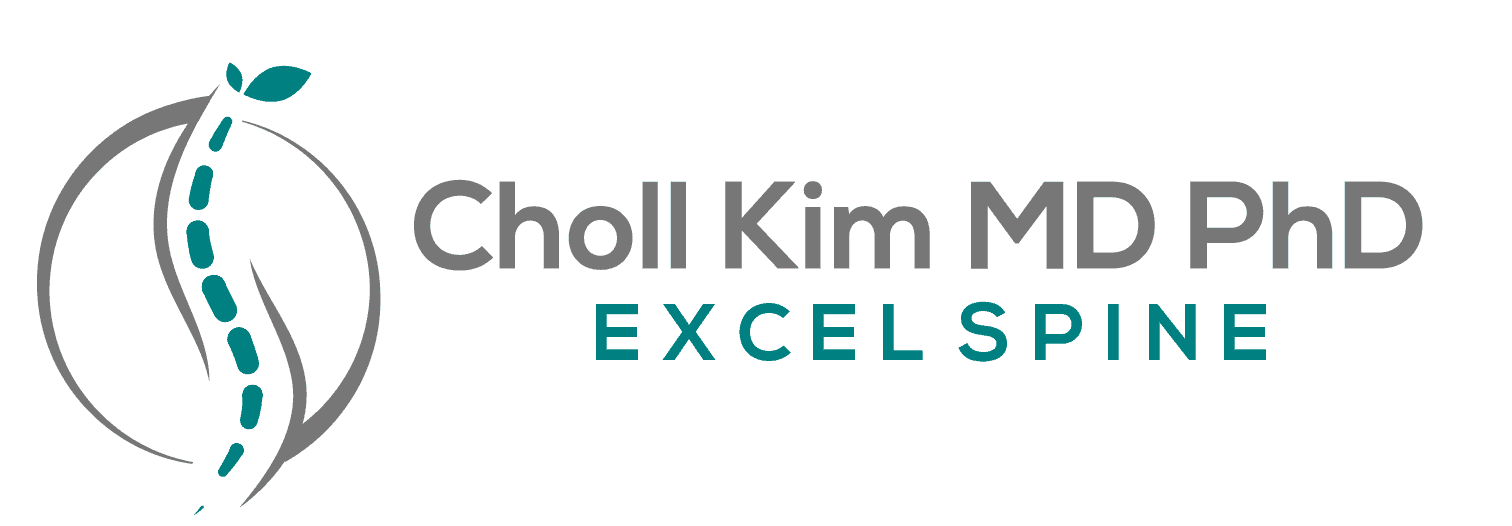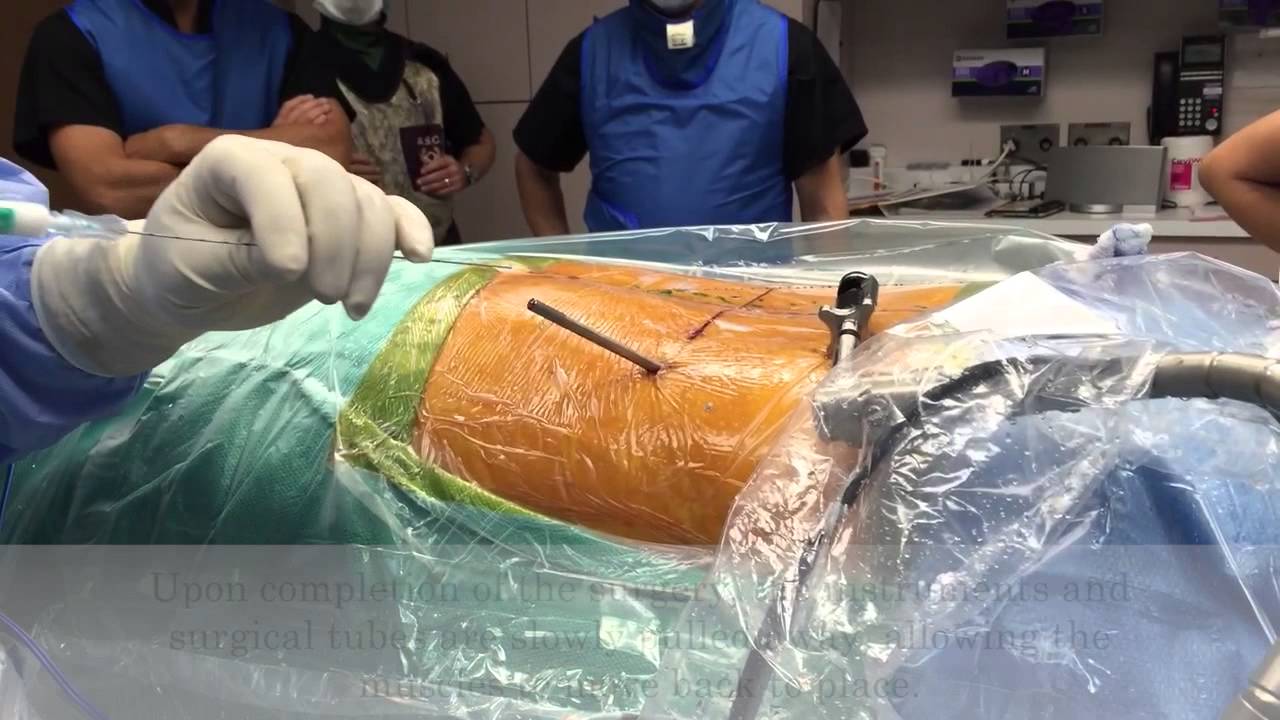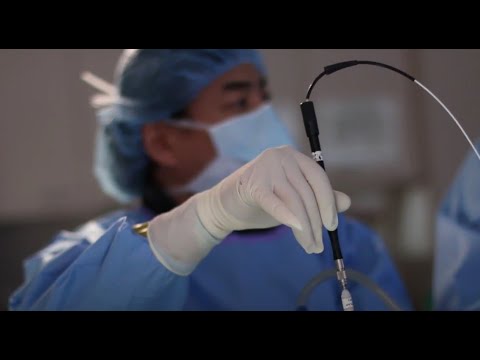What Is LESS (Laser Endoscopic Spine Surgery)?
Laser Endoscopic Spine Surgery (LESS) is a cutting-edge, minimally invasive procedure used to treat spinal conditions such as herniated discs, annular tears, sciatica, and nerve-related back or leg pain. The procedure is performed through a tiny 1-centimeter incision, using an endoscope—a small tube with a camera—to access the spine through a natural opening called the neuroforamen.
During LESS, a laser and radiofrequency probe are used to remove or shrink disc fragments that are pressing on spinal nerves. There is no need for damaging key spinal muscles, such as the multifidus or removing bone. Because there is very little disruption to the surrounding structures, recovery is typically fast, and pain is significantly reduced.
The incision is so small that it is usually closed with 1 small stich under the skin and just a small bandaid.
Why Is LESS Performed?
LESS is used to treat specific spinal conditions that cause nerve irritation or compression. These may include:
- Herniated or bulging discs
- Annular tears (small tears in the outer disc layer)
- Radiculopathy (pain, numbness, or tingling radiating into the arms or legs)
- Sciatica (radiating pain from the lower back into the legs)
Before recommending surgery, non-surgical treatments—such as physical therapy, anti-inflammatory medications, chiropractic care, or steroid injections—are typically tried first. If these options fail to relieve symptoms, LESS may be considered as a precise, minimally invasive alternative to traditional spine surgery.
How Do You Prepare for LESS?
Preparation for Laser Endoscopic Spine Surgery is relatively simple and will be guided by your care team. It may include:
- Pre-operative imaging (MRI, CT scans, or x-rays) to identify the affected disc or nerve
- Discontinuing certain medications, such as blood thinners, as directed
- Fasting the night before surgery if anesthesia is planned
- Arranging for a ride home and someone to assist you during the first 24 hours
- Staying active and maintaining a healthy diet before surgery to promote healing
Your team will provide specific instructions and answer any questions before the procedure.
What Can You Expect During LESS?
LESS is typically performed in an outpatient surgical center or hospital, often under local anesthesia with sedation or general anesthesia based on your needs.
A 1 cm incision is made, usually in the lower back, and the endoscope is inserted through the neuroforamen—a natural passageway that leads directly to the affected disc or nerve. There is no cutting of bone and no damage to key spinal muscles.
Using a laser and a radiofrequency probe, your surgeon precisely removes or vaporizes disc material and other structures pressing on the nerve. The procedure typically takes under one hour.
Once complete, the incision is closed with a small bandage, and you are monitored briefly before going home the same day.
What Is the Recovery Like After LESS?
Recovery from LESS is usually rapid and well-tolerated, with less pain and downtime than traditional spine surgery.
Immediately After Surgery:
- Most patients are up and walking within 1 hour of surgery
- You can return home the same day
- Pain is typically minimal and managed with over-the-counter medications
Physical Therapy:
- A guided physical therapy program typically begins 2 weeks after surgery
- Focus is on gentle stretching, core strengthening, and posture correction
Return to Work:
- For sedentary jobs, return to work is usually possible within 1–2 weeks
- For physically demanding jobs, return to work may take 3–4 weeks
Each recovery timeline is individualized based on your activity level, job duties, and overall health.
What Are the Potential Risks of LESS?
Although LESS is considered very safe and minimally invasive, all surgical procedures carry some degree of risk. Potential risks include:
- Infection
- Bleeding
- Nerve irritation or injury
- Incomplete relief of symptoms
- Recurrence of disc herniation
- Rare need for additional surgery
These risks are uncommon, and your surgeon will take all necessary precautions to ensure the safest outcome.
Are There Related Procedures to LESS?
Yes. Depending on your condition, other related minimally invasive procedures may include:
- Endoscopic discectomy – removal of herniated disc material using an endoscope
- Microdiscectomy – traditional minimally invasive procedure performed through a small incision
- Endoscopic foraminotomy – enlargement of the nerve opening to relieve pressure
- Endoscopic rhizotomy – targeting the small nerves in the facet joints to relieve back pain
- Endoscopic TLIF – a minimally invasive fusion procedure for more severe spinal instability
Your surgeon will discuss which procedure is best based on your diagnosis, symptoms, and treatment goals.
Key Takeaways About LESS
- LESS is a minimally invasive laser spine procedure performed through a tiny incision
- It treats disc herniations, sciatica, radiculopathy, and annular tears with minimal disruption to muscle or bone
- Most patients are walking within an hour and return home the same day
- Recovery is quick, with return to work in 1–4 weeks depending on the job
- It offers a safe, effective alternative for patients seeking faster recovery and long-term relief
Next Steps
If you’re experiencing persistent nerve pain, numbness, or leg weakness from a herniated disc or sciatica—and conservative treatments haven’t worked—Laser Endoscopic Spine Surgery may be the solution. Schedule a consultation to learn if LESS is the right fit for your needs and get back to doing what you love with less downtime and more confidence.


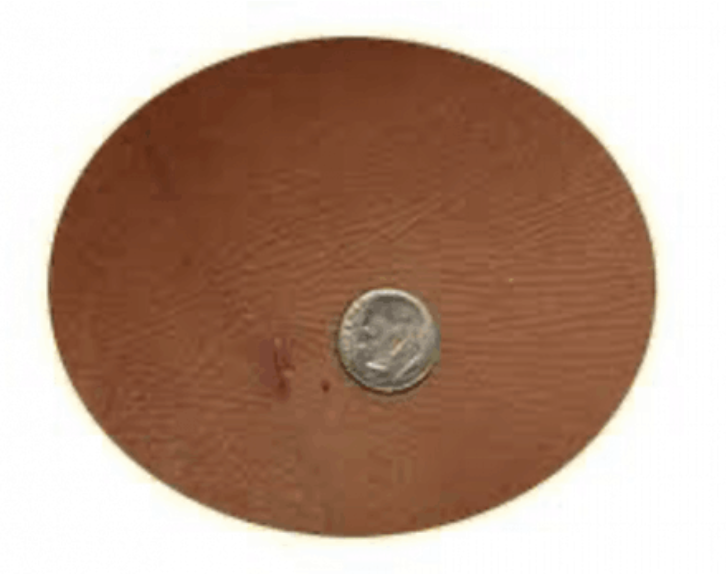
100% of patients did not experience a 90-day readmission
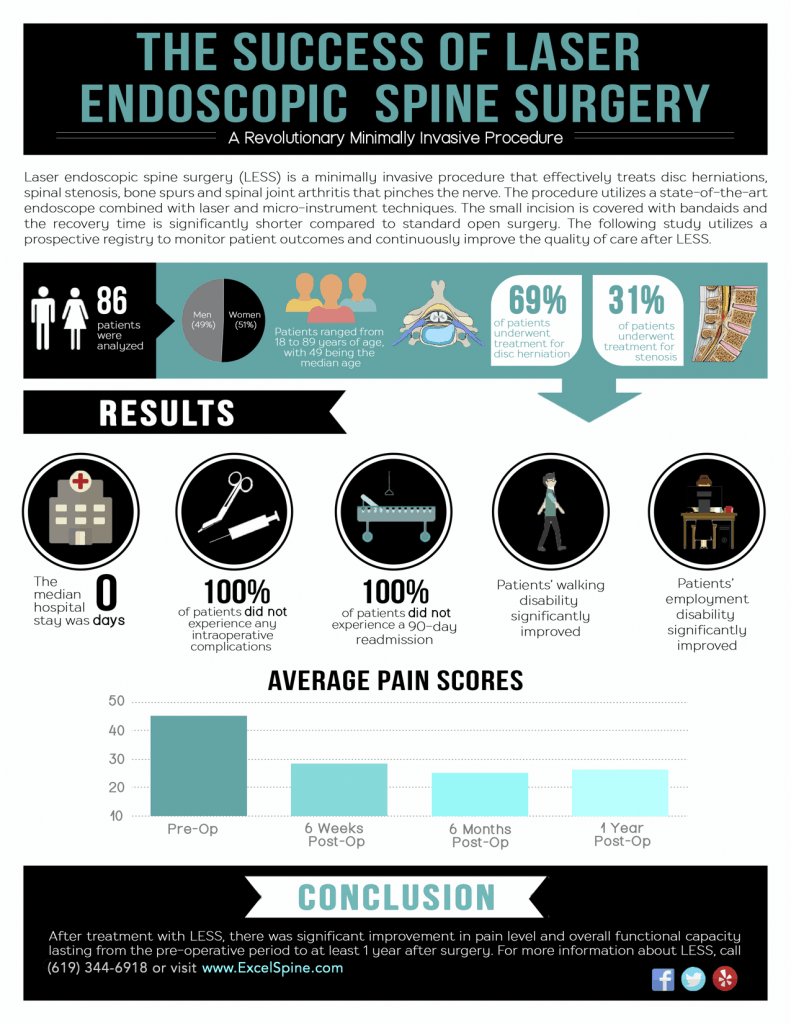
Return to work 1-2 weeks after LESS surgery

